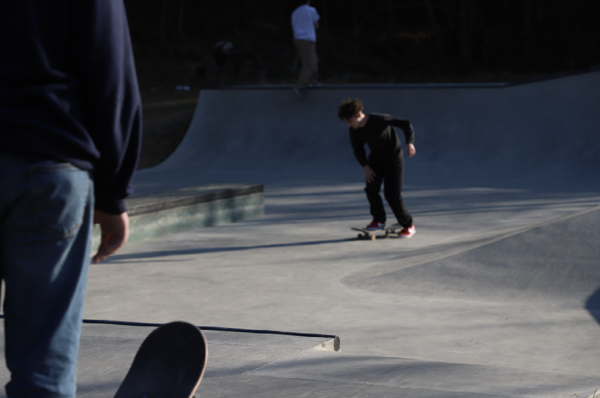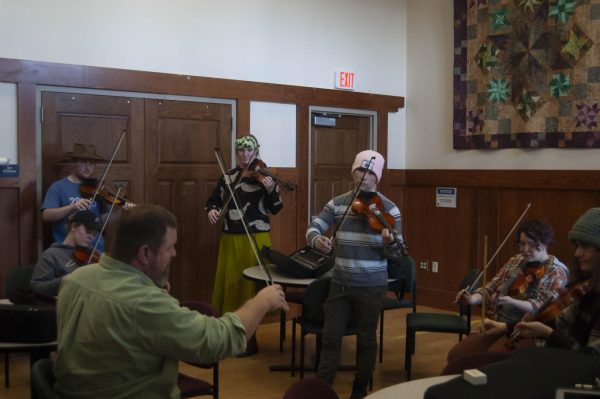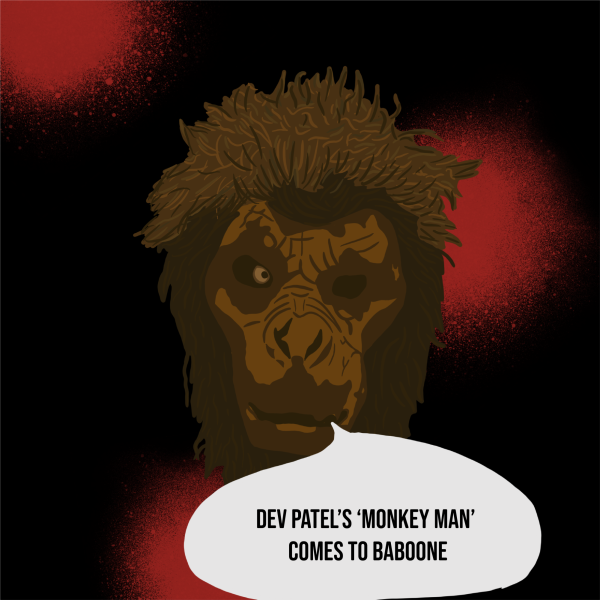Opinion: “Waitin’ on a Sunny Day” is all we can do
March 31, 2020
Bruce Springsteen’s music has an effect on his fans. From his number one hit “Born To Run” to his most successful single “Dancing in the Dark,” His three best records: “Born to Run,” “Born in the U.S.A.” and “The Rising” represent a different era not only for Springsteen’s music, but in American history.
“Born to Run,” released in 1975, is a fan favorite. From “Thunder Road” to the title track “Born to Run” to “Jungleland,” “Born to Run” has a commanding presence that makes the album relatable for working class Americans. Musically, “Born to Run” is a great rock album. One of the best songs on the album is “Backstreets” with its killer piano centerpiece, making it stand out from the rest of the album.
During the 1970s’ economy, many Americans felt a sense of hopelessness. To them, the American Dream was dying. “Born to Run” touches on this piece of American history with its opening line: “In the day we sweat it out in the streets of a runaway American dream.” Even today, Americans find a way to relate to “Born to Run.”
“Born in the U.S.A.” was Springsteen’s big pop record. It grew his fan base to encompass patriots; to whom “Born in the U.S.A.” became a rally cry, though the song isn’t about patriotism, and pop fans. “Born in the U.S.A.” produced seven Top Ten singles in 1984, including “Born in the U.S.A.” and “Dancing in the Dark.” Listeners couldn’t help but relate to themes of family, companionship, hardship and returning home in these songs. “My Hometown” and “Glory Days” tackle the strange feeling of returning home for the first time with nothing being the same — a feeling most college students grow accustomed to experiencing when they return home, a feeling of nostalgia. “Never Surrender” talks about how no matter how hard the road is, you should never give up what you believe in. These songs are great examples of how Americans lived in the post-Vietnam, Ronald Reagan era. “Born in the U.S.A.” discusses how poorly Vietnam War veterans were treated after returning home, and expresses how angry they were about not receiving a proper welcome home. Today, Afghanistan and Iraq War veterans never received the welcome home that their grandparents and great-grandparents received when coming home from World War II. “Born in the U.S.A.” as an album reflects an America that, in many ways, is still around today.
“The Rising” has a more somber tone than “Born to Run” or “Born in the U.S.A.” Not only does this album mark the return of Springsteen’s career with the E Street Band, but it also marks a time when Americans were struggling to collect themselves after 9/11. Released in 2002, “The Rising” focuses on feelings Springsteen experienced during and after the events of 9/11. Songs like “Waitin’ On A Sunny Day” and “Countin’ On A Miracle” look to the future as a sign of hope and normalcy in troubling times. Other songs, such as “Empty Sky,” “You’re Missing” and “Nothing Man” relate specifically to 9/11 and the pain Americans felt about losing the towers, their friends and themselves. Today, this album still holds up to be one of Springsteen’s best albums, worthy of the same praise as “Born in the U.S.A.” and “Born to Run.”
In times of uncertainty, Springsteen’s music has always been right there, waiting to be heard by anyone who needs a little bit of rock ‘n’ roll in their lives. Springsteen’s music is a mix of rebellion and comfort; knowing no matter what our path is, we’ll be OK. As the world struggles with uncertainty of what will happen next, we have to be “waitin’ on a sunny day” and know this virus will pass.



















